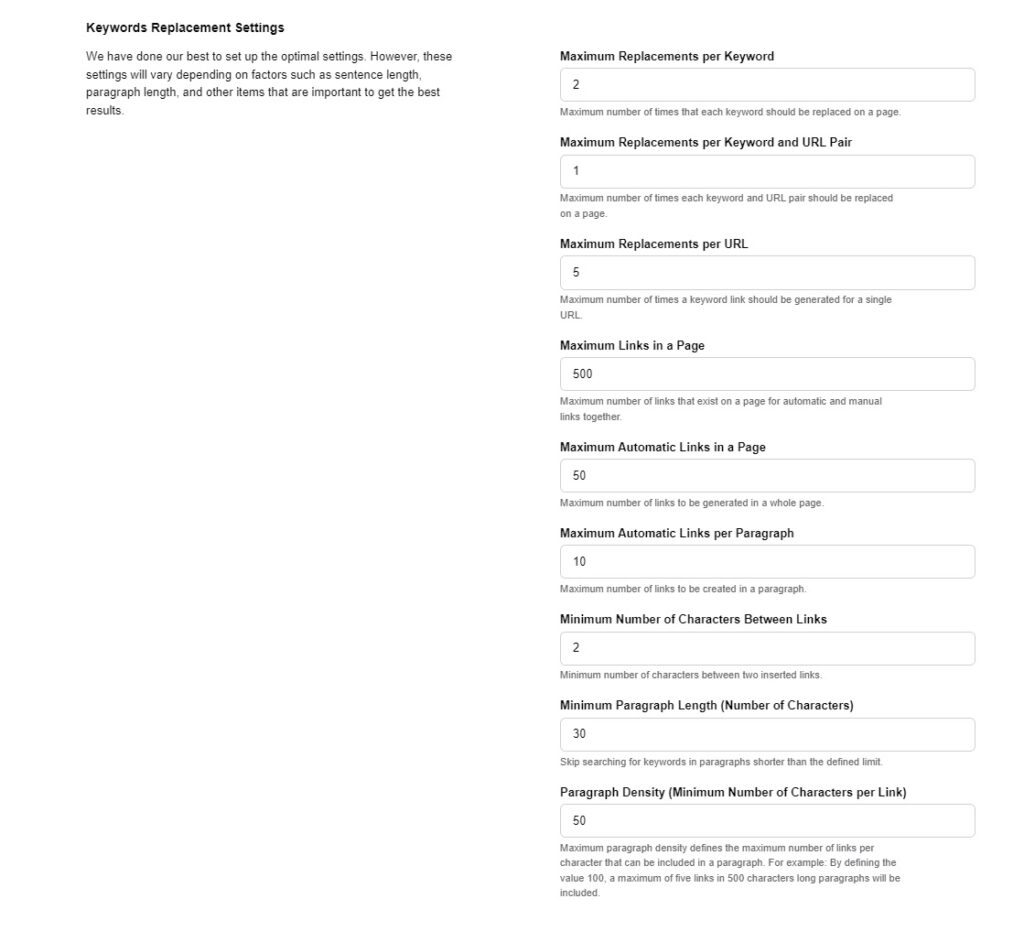Keyword Density
Keyword density measures the percentage of times a keyword appears in content. While no longer a major SEO factor, it remains important for relevance. Avoid keyword stuffing and focus on comprehensive, high-quality content.

What is keyword density?
In content, such as blog posts, keyword density refers to the percentage of times a particular keyword or key phrase appears in comparison with the total number of words. Search Engine Optimization (SEO) uses it to determine how relevant and focused a webpage or document is on a particular topic. There is no longer much emphasis on optimal keyword density, however, it’s still a highly regarded part of SEO tools.
What is keyword stuffing?
Keyword stuffing is a black-hat SEO practice that involves overloading a webpage or content with excessive keywords to manipulate search engine rankings. A page is keyword stuffed to make it appear relevant for certain search queries, with the hope that it will rank higher in search engine results. However, keyword stuffing doesn’t boost your website rankings, and can instead result in penalization.
What is keyword clustering?
Clustering is a popular keyword strategy involving grouping related keywords or key phrases based on their themes and search intent. By clustering keywords, you can create a more comprehensive and organized approach to content creation and SEO.
How to calculate keyword density?
To keep tabs on the keyword density on your website, you can use online tools, such as the AI-powered URLsLab plugin that automates SEO processes and aids in higher search engine rankings. You can also opt for keyword density analyzers available online. If you wish to calculate keyword density manually, you can use the following formula: Keyword Density = (Number of Keyword Occurrences / Total Word Count) * 100
Where to add keywords?
Frequently asked questions
- What is keyword density?
Keyword density refers to the percentage of times a particular keyword or key phrase appears in comparison with the total number of words in your content. It helps determine how focused a webpage is on a specific topic.
- What is keyword stuffing?
Keyword stuffing is a black-hat SEO practice involving the excessive use of keywords to manipulate search engine rankings. This can lead to penalties from search engines and does not improve website rankings.
- What is keyword clustering?
Keyword clustering is an SEO strategy where related keywords are grouped based on their themes and search intent, allowing for more comprehensive content and improved SEO performance.
- How to calculate keyword density?
Keyword density can be calculated using the formula: (Number of Keyword Occurrences / Total Word Count) * 100. Online tools and AI-powered plugins can automate this process for better accuracy.
- Where to add keywords?
Include keywords naturally in title tags, meta descriptions, headers, body content, URLs, and image alt text to maximize SEO benefits and maintain content quality.
Enhance Your SEO Strategy
Leverage AI-powered tools to optimize keyword density and improve your content’s relevance and ranking.
